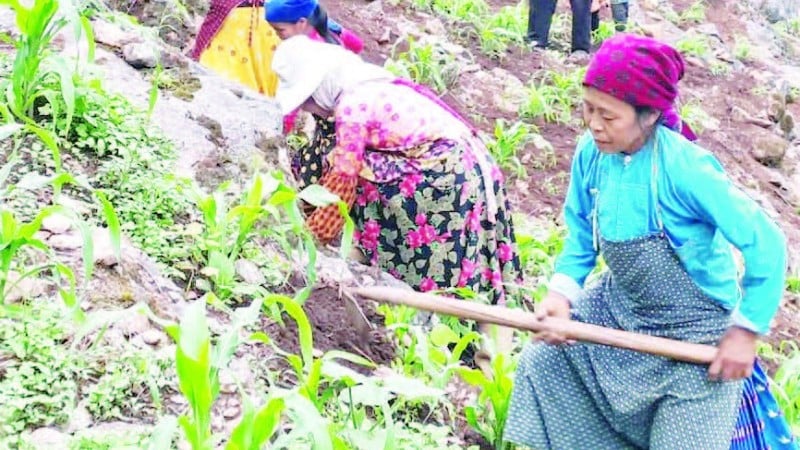
In order to adapt to harsh natural conditions, people here have created many skills in life and production; notably the knowledge of rock cultivation.
The H'Mong people began migrating to the Dong Van Karst Plateau UNESCO Global Geopark several hundred years ago. At that time, this land was only full of old forests with dense vegetation and fertile soil. Coming to the new land, the H'Mong people lived by clearing forests to make fields and grow corn. Thus, after a few crops, the land became infertile, forcing people to move to new forests to clear fields. Lasting for many decades, the nomadic life resulted in shrinking forest areas and scarce production land, while the population continued to increase.
With no more land left to cultivate, the Hmong settled down and were forced to learn how to farm on rocky slopes. This was a major turning point, marking a change in farming practices. People built small plots of land between the rocky slopes, taking advantage of every precious hole to grow corn. This process was the beginning of the rock-hole farming technique, a unique agricultural innovation imbued with local cultural identity.
According to Mr. Nguyen Thanh Giang, Deputy Head of the Management Board of Dong Van Karst Plateau UNESCO Global Geopark, rock niche farming is a form of farming on terrain mixed with rocks and soil, where people cultivate, protect and improve the soil. In fact, rock niche farming is formed by arranging orphaned rocks into small stone banks, which have the effect of preventing erosion, retaining water, and limiting soil from being washed away during heavy rains.
In places where there is no available land, people use their backs to carry bags of soil into the rock holes, little by little, over many months, even years, to create large fields. From the primitive rock holes, after a long time of perseverance, large cultivated fields have been formed. That is the effort, the proof of the will to "live on the rocks" of the people at the headland of the Fatherland.
Thanks to the advent of rock-hole farming techniques, the Hmong and many other ethnic groups have gradually stabilized their lives and formed concentrated villages. When the new crop season begins, people work together to repair old fields and carry more soil to fill in rock holes to expand the production area. Because the cultivated land is interspersed with rocks, people skillfully use labor tools suitable for the terrain conditions.
The technique of cultivating rock holes has now been perfected and developed in scale and depth. Previously, only corn was grown on rock fields, but now people know how to intercrop and grow other crops such as vegetables, pumpkins, beans, and potatoes. In addition, people in the highlands also apply scientific advances to production, planting new varieties to increase productivity and crop yield.
The sharp cat-ear mountain slopes are covered in a lush green of corn, legumes and grasses grown for livestock. After the main corn harvest, local people start sowing buckwheat seeds. The flowers bloom all over the rocky mountain slopes, covering the Dong Van Stone Plateau in a dreamy purple color. The buckwheat flower season not only beautifies the highland landscape but is also a unique tourism product.
Every year, in late autumn and early winter, hundreds of thousands of tourists flock to the stone plateau to admire the flower season, bringing in significant income from accommodation services, cuisine and traditional handicrafts. The lives of ethnic minorities on the Dong Van Stone Plateau have changed positively, limiting the situation of spontaneous migration.
Source: https://nhandan.vn/canh-tac-hoc-da-post891768.html



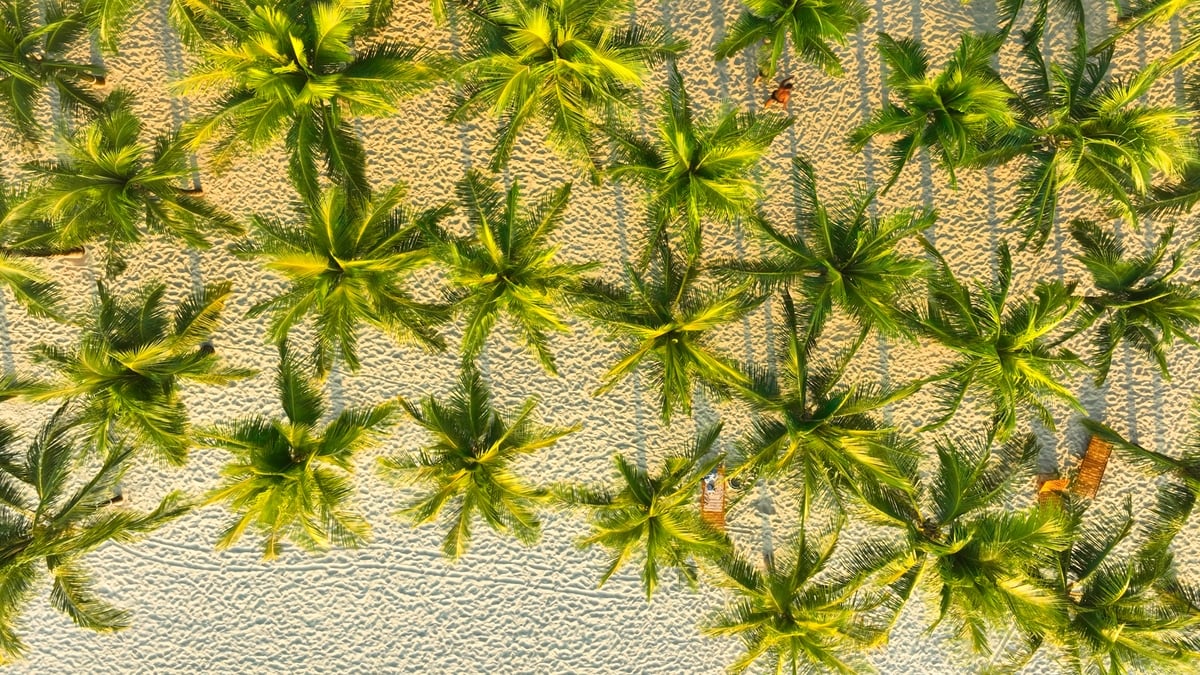




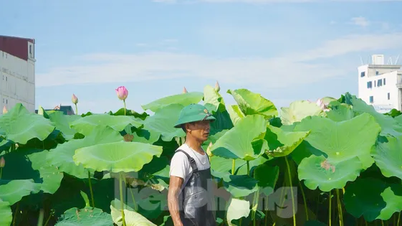

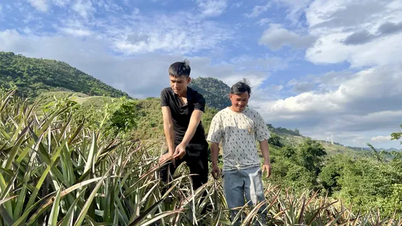
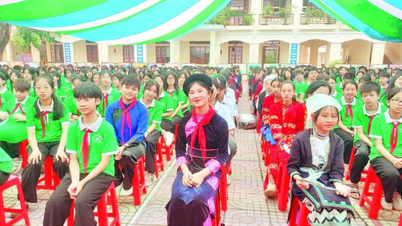
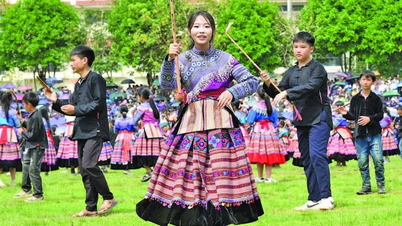
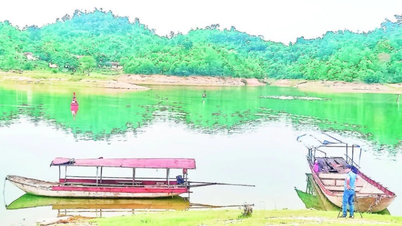








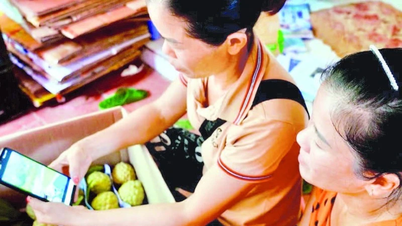

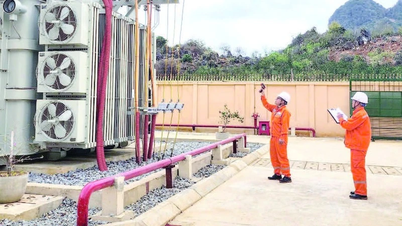
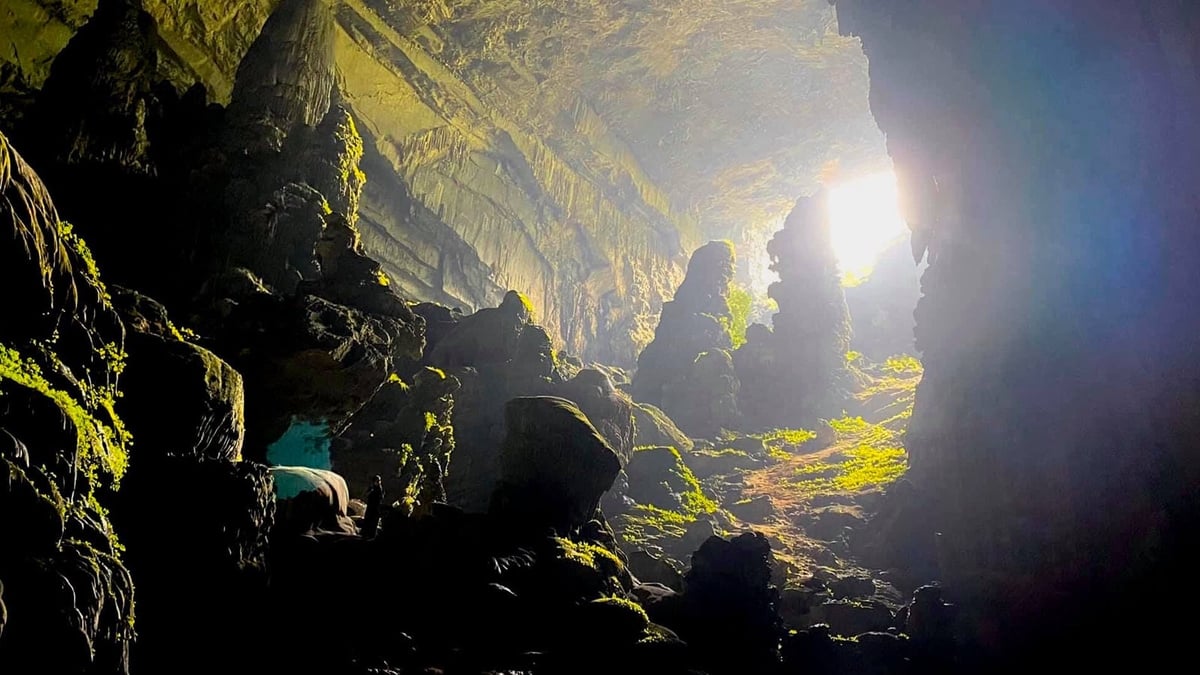
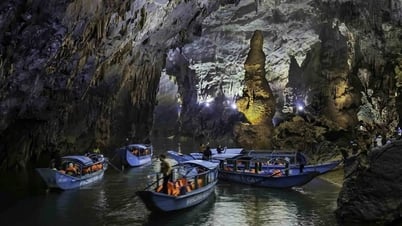







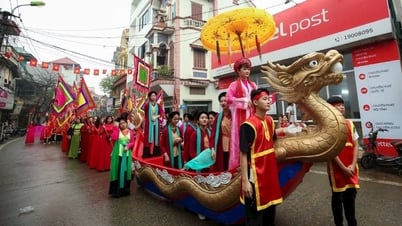
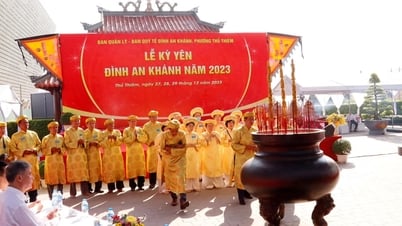







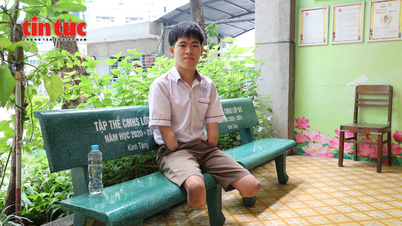

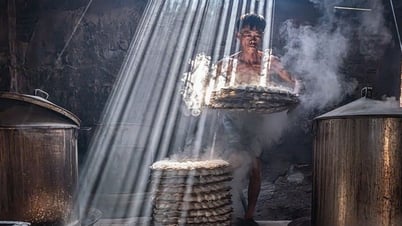






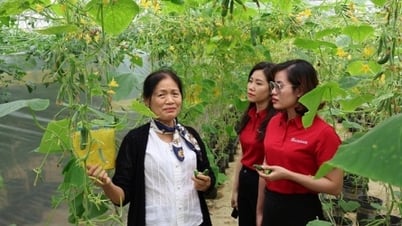


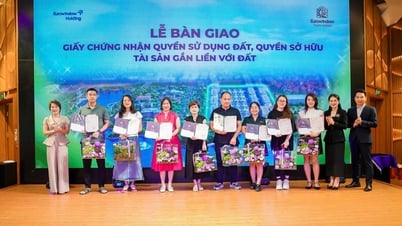













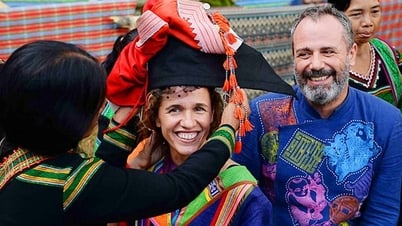
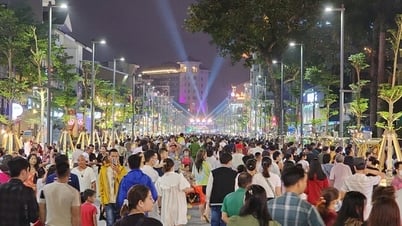

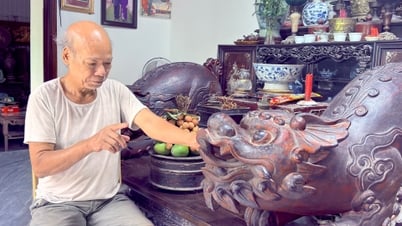

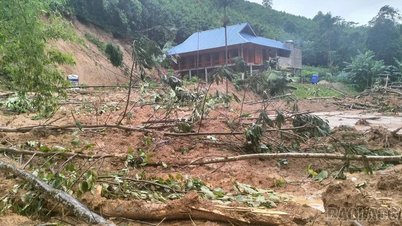






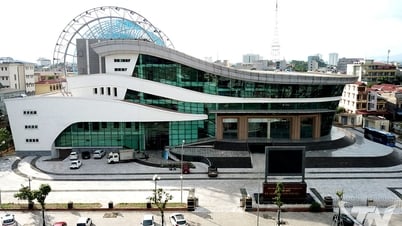

![[OCOP REVIEW] Bay Quyen sticky rice cake: A hometown specialty that has reached new heights thanks to its brand reputation](https://vphoto.vietnam.vn/thumb/402x226/vietnam/resource/IMAGE/2025/7/3/1a7e35c028bf46199ee1ec6b3ba0069e)



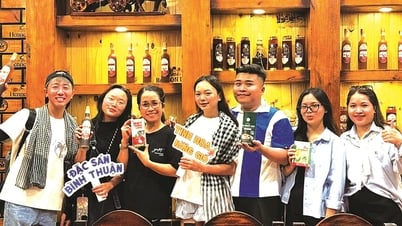

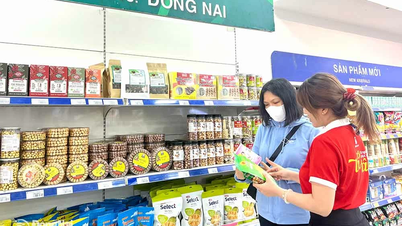



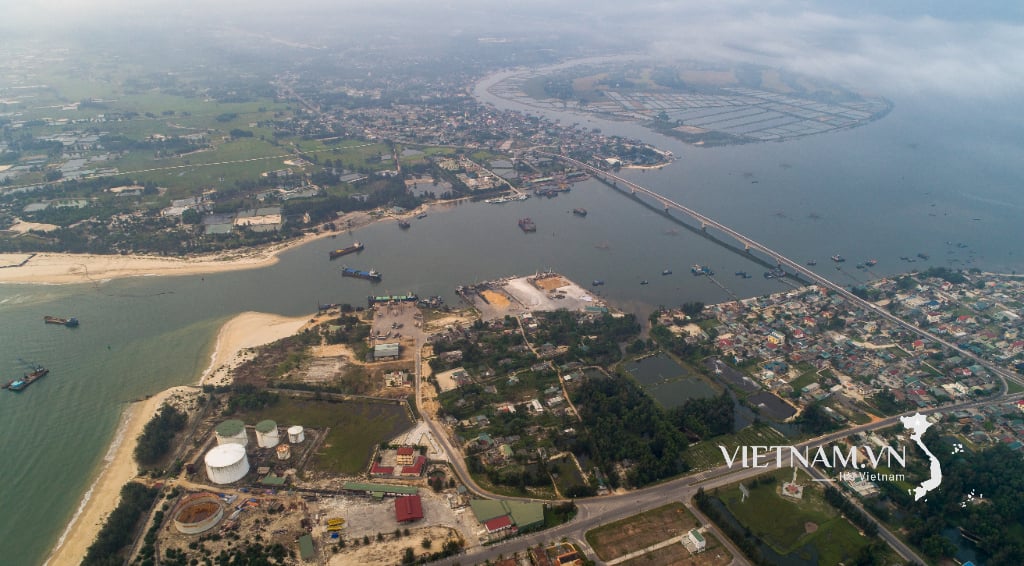



Comment (0)